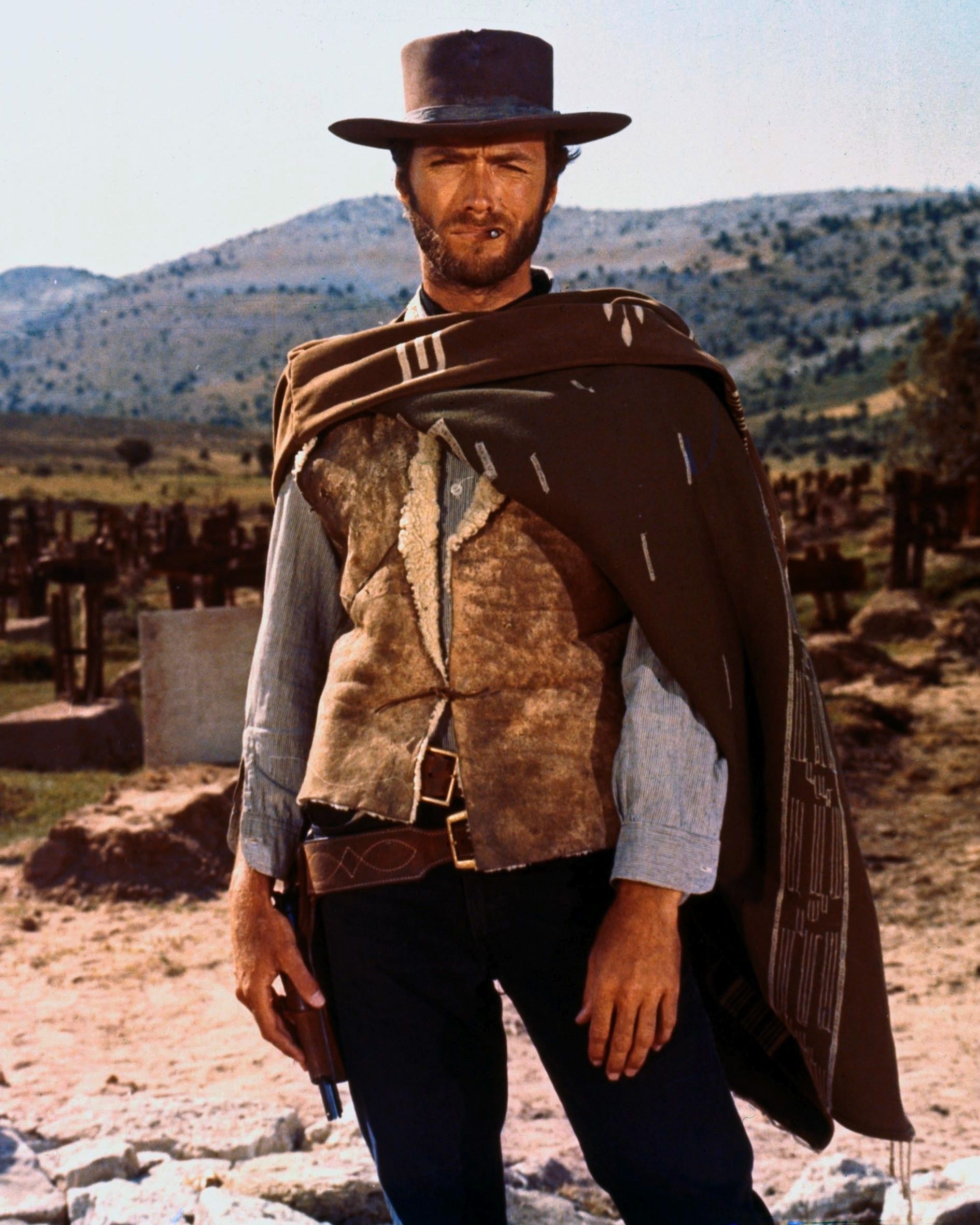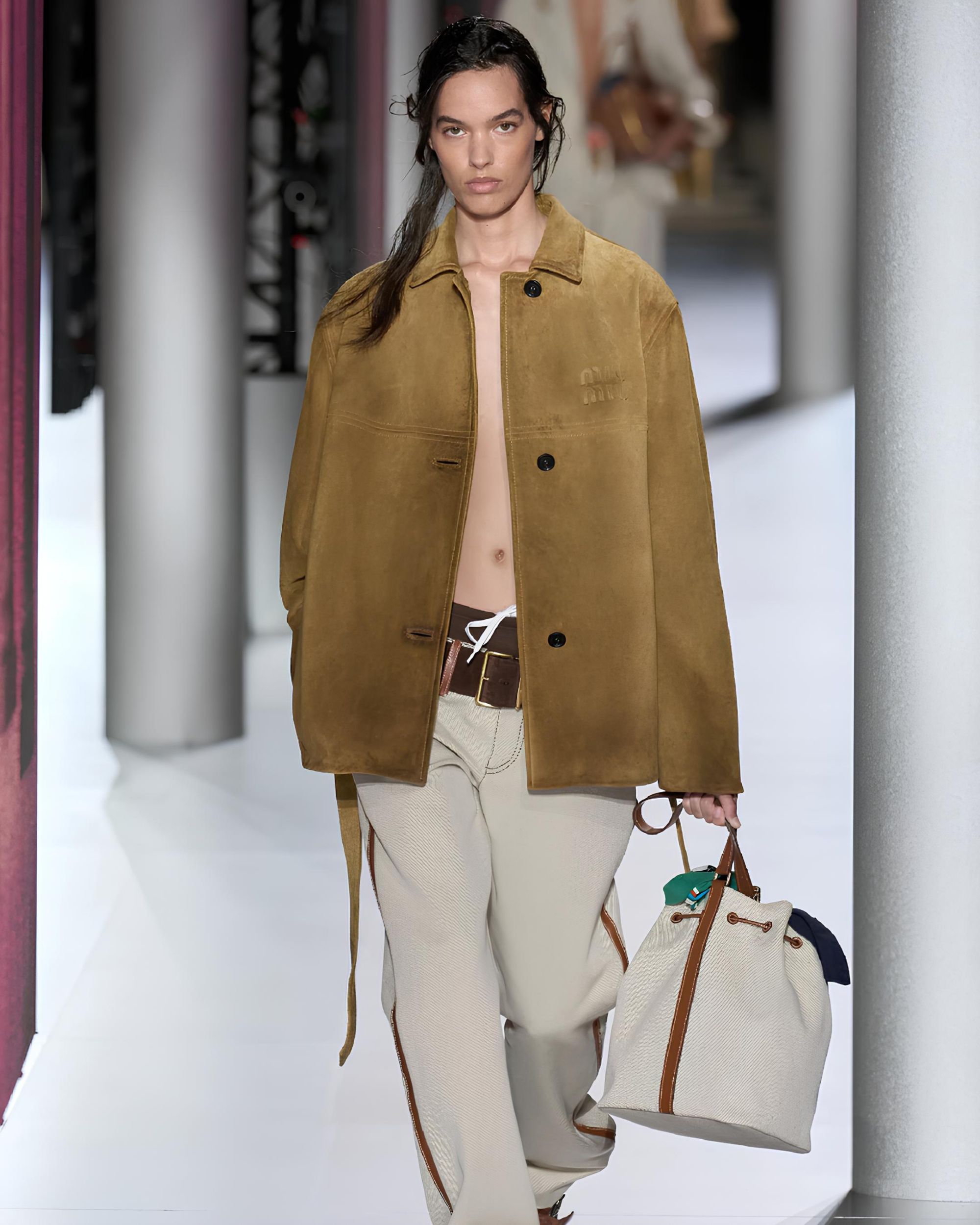
Clint Eastwood's westerns are a masterclass in style Thanks also to the eye of Sergio Leone and Carlo Simi
Clint Eastwood is a legend of cinema. If technically he is better as a director than as an actor, it cannot be denied that his on-screen charm as the "man with the icy eyes" is something that transcends eras and generations. This charm emerged particularly in the westerns in which Eastwood starred, becoming an icon of the genre, starting from the legendary Man with No Name Trilogy by Sergio Leone. In fact, among the twelve westerns Eastwood appeared in, Sergio Leone's masterpieces are precisely the first three, followed almost immediately by films like Hang 'Em High, the somewhat lackluster A Fistful of Dynamite, and High Plains Drifter, the latter being more peculiar and directed by Eastwood himself. Other westerns followed, culminating in the masterpiece, also directed by Eastwood, Unforgiven, which poetically closed the circle for the actor/director who had not only experienced the western genre but had also entirely appropriated it artistically in a way that the genre's greatest icon until then, John Wayne, had only partially done. Now, one could almost say that the character of the "man with no name" was born in The Dollars Trilogy by Leone but ended up unofficially extending throughout Eastwood's entire filmography, which, indeed, through many of the twelve westerns he starred in (the most notable exception being Bronco Billy), featured a low-crowned, wide-brimmed hat atypical for those films, chosen by Sergio Leone because it was more "dandy-like", technically a plantation hat, as recounted by Carlo Verdone in the documentary film dedicated to the Roman director. In short, more than anyone else, Eastwood embodied the cowboy style, making it remarkable through entirely personal touches: and that's why his films are a masterclass in western style.
The three elements that make Eastwood's cowboy looks unique were originally chosen by Sergio Leone: the poncho, the hat, the cigar. "He didn't want him with the typical cowboy hats but rather like this, a bit peculiar. Truly anti-western by exception," Leone was so determined that when Eastwood objected to smoking a cigar on screen, as he didn't smoke, Leone replied bluntly: "Clint, are we leaving the protagonist at home?," Verdone recounts in the film. "Not even Clint Eastwood would have imagined that from that bizarre disguise and the doubts of this great director would emerge a character that was nothing short of mythical." The poncho had been designed by costume designer Carlo Simi, who had even pre-designed the look and silhouette that Eastwood would maintain for the remaining films, and actually had a function in the plot as at one point the protagonist of A Fistful of Dollars uses it to conceal a shield, creating a twist that animates the end of the film. Simi, by the way, was the reference costume designer for numerous westerns including the original Django with Franco Nero and can be considered one of the main authors (if not the only author) of that realistic and "ruined" look that then became the norm of westerns, replacing the more or less pristine attire of the traditional cowboy that today we associate with the first era of American westerns with John Wayne. Another iconic piece designed by Simi is the beige/olive duster coat that appears at the beginning of The Good, the Bad and the Ugly, long like a cloak and usually associated with "bad" characters to symbolize the moral ambiguity of the character.
Compared to the classic cowboy look of the '50s, the elements were practically the same: the two belts worn over each other, one for the pants and the other for the gun holster; the denim or chambray shirt; the neckerchief which was large and puffy for Wayne but small and tight for Eastwood; the leather vest, jeans, boots. The difference lay in the silhouette, which for Eastwood was much leaner, and above all in the wear of the clothes. Today, looking at Wayne's westerns, the thing that stands out are the colors and the perfect condition of the clothes that seem practically new, colorful, while the aesthetic of spaghetti westerns imposed a style in which everything was worn out, torn, covered in dust and sweat and in which the colors were generally faded, close to earth tones. It's no coincidence that the poncho from A Fistful of Dollars was practically never washed or mended and over the course of the three films bears the bullet holes from the previous films. However, Eastwood also presented more elegant outfits to the audience: the tweed suit worn in Joe Kidd remains famous, soon replaced by a stunning three-quarter-length wooljacket with leather collars, black silk handkerchief, flannel shirt, and burnt orange trousers with a vague flared cut that were quite popular in the '70s. As Nick Guzan points out in his analysis of Eastwood's costumes: "One of the most common anachronisms in western costumes is the apparent ubiquity of modern-style belt-looped trousers. Although belt loops on trousers were not unknown in the 1860s, they were still far from common, and it would take another half-century before they were integrated into men's trousers in the years following World War I."
Clint Eastwood on set of JOE KIDD
— . (@Dear_Lonely1) August 13, 2022
(John Sturges, 1972) Terry O'Neill pic.twitter.com/Bd4YaWSXEb
If Eastwood's western style in his '60s and '70s films stands out so much, however, it is for its relative spontaneity: half of the anecdotes about spaghetti western costumes involve actors, costume designers, and directors finding or buying something in a vintage store two hours before shooting, dusting off some old costume stumbled upon in a warehouse, or even bringing their own clothes from home. In Eastwood's case, not only did the actor wear the same clothes across different films, such as the boots from The Dollars Trilogy which were the same as those from the TV series Rawhide, or the poncho; but he often brought clothes to the set that he had bought himself, as in the case of the jeans featured in The Good, the Bad and the Ugly that the actor had purchased from a store in Los Angeles. Legend has it, in fact, that all the jeans in those films were Levi's 501 bought in a store. Their authenticity managed to convey a sense of realism such that, indeed, anachronisms and inaccuracies took a back seat. Even today, however, Clint Eastwood remains the best-dressed cowboy of all time.


















































